HASL VS ENIG - which surface finish is better?
By:PCBBUY 06/23/2021 10:54
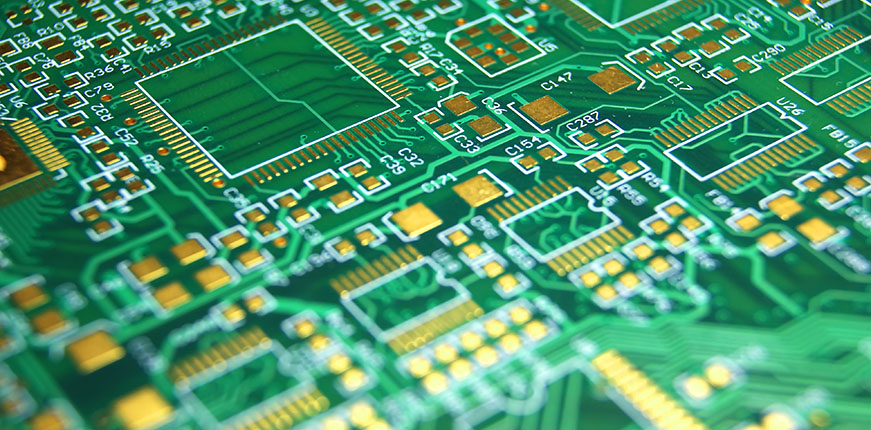
During the PCB manufacturing process, surface finish plays an essential part and it will influence the performance and quality of the finished boards. In this passage, we will talk about the list of some types of surface finish, especially compare HASL and ENIG, to provide a better surface finish method. Please follow us to read the content below.
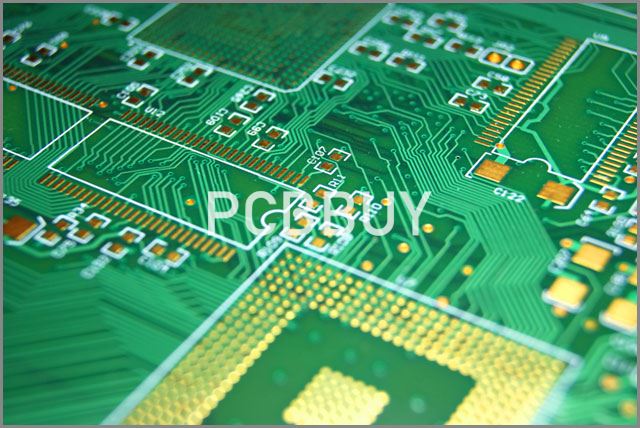
What are the features of HASL?
What is the definition of HASL?
The Hot Air Solder Leveling is often expressed in short as 'HASL.' It is a type of surface finish used on printed circuit boards in the industry, which provides a good shelf life and the dependable solder joint. The hot air soldering leveling enables the soldering of a component more effectual. Initially, the HASL finish is applied to enhance solderability and also cover copper circuitries that are exposed.
Features of HASL
It should not sound new to those individuals conversant with the industry that the HASL was one of the significant surface finish options for decades now, carrying advantages which include low cost, availability, and it is repairable.
As discussed earlier, the HASL is a kind of surface finish with great solderability, and also offers an excellent shelf life. The HASL step, the revealed copper surfaces are covered by immersing the printed circuit board in a container containing molten solder.
After this process, to complete the removal of excess solder and leveling by running the printed circuit board between the hot air knife. It is essential to make sure that the printed circuit boards are covered, or else the copper can oxidize and get worse, resulting in the circuit board being useless.
The copper finishes are present on the printed circuit board; this finish present on the surface develops a serious interface between the printed circuit board and the component.
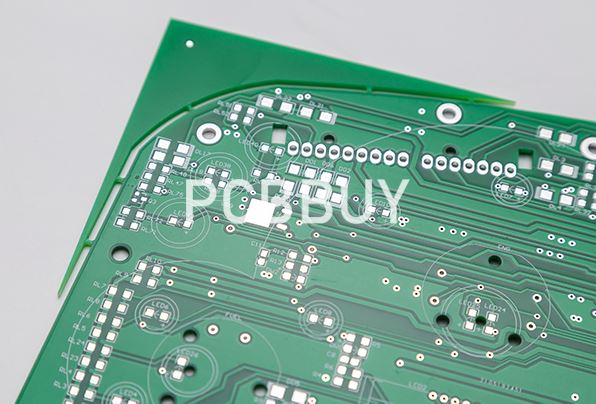
What are the features of ENIG?
What is the definition of HASL?
The ENIG is a common acronym that stands for Electroless Nickel Immersion Gold. As the hot air solder leveling, it is also a surface finish of the printed circuit board industry. The ENIG got its name because it comprises electroless nickel plating, which is coated with a slim layer of immersion gold. Continuously, it has secured market share resulting from its ability to be flexible in various component assembly processes.
Features of ENIG
This type of finish involves a two-layer metallic coating; it consists of electroless plating that is covered with a thin layer of immersion gold, the function of the immersion gold is to safeguard the nickel from oxidizing during storage, and the nickel functions more like a barrier to the copper and a surface on which the components are soldered. Recently, due to the advantages provided by ENIG, ENIG is one of a printed circuit board (PCB) industry, the most common types of surface treatment, including a plane, lead-free, suitable for plated through holes (PTH), long shelf life.
In the early stages of ENIG plating, reliability is still unclear, i.e., this type of leaf had dependability problems. This has resulted in the disuniting of the copper pads from the finish. Unlike the hot air solder leveling, the electroless immersion nickel-gold does not uniformly wet. To ensure that the conventional coating provides the proper temperature and concentration, the reducing agent consisting of nickel ions must be renewed.
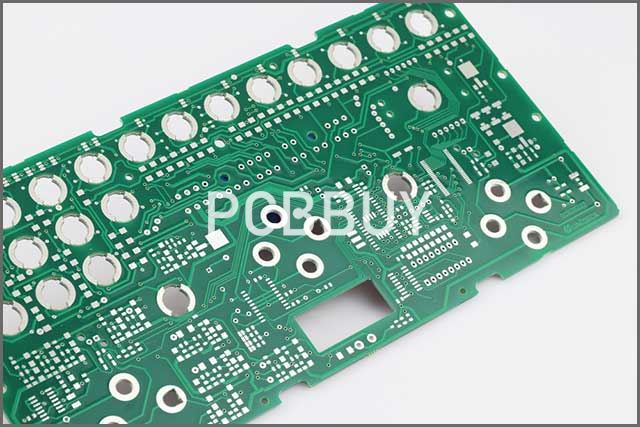
HASL VS ENIG – what are advantages and disadvantages?
So far, we have discussed what these two types of finishes are. In a way, we can say the hot air solder leveling (HASL) has some specific advantages over the electroless nickel immersion gold (ENIG) and vice versa. However, here in this section, we would specify each type of surface finish, the advantages and the disadvantages. It is important to note that no surface finish has a gift without a penalty, and therefore, the selection of any surface finish is based on a particular application.
Advantages of HASL
It is well known, hot air solder uniform, HASL process type is one of the major surfaces of the printed circuit board used in the PCB industry. Some of the advantages attached to its use include;
• Ability to expose the printed circuit board to a temperature which can be up to 265°c. Exposing the printed circuit board to this
The extent of weather allows for detecting any possible problem before the attachment of any component to the board.
• The hot air solder leveling is uncomplicated to run.
• It is a type of surface finish that is pocket-friendly; that is, the cost is low.
• The hot air solder leveling is well known for its ability to offer a long storage life.
• It is generally available. It can be an excellent advantage over other types of surface finish.
• The hot air solder leveling disallows for the oxidation of copper.
• A perfect wetting throughout the process of joining or soldering components.
• This type of surface finish can be inspected visually.
Disadvantages of HASL
From one perspective, each advantage is always in a relationship with another disadvantage. There are strengths and weak points attached to every type of surface finish. Some of the weakness identified with the hot air solder leveling includes:
• This type of surface finish is not suitable for the Surface-mount technology (SMT) due to the irregular surfaces involved with
The hot air solder leveling.
• It is not eligible for fine pitch, going in hand with the first point. Horizontal levelers are required to enhance flatness.
• Concerning boards that are additionally thin or thick, HASL has some specific restrictions, making it unsuitable for fabrication.
• Printed circuit boards may face some drawbacks due to high heat exposure in their processes.
• Inability to withstand tight tolerance on the plated holes.
• The hot air solder leveling is not appropriate for line binding.
• The plated through holes might get cracked due to high temperatures using this surface finish.
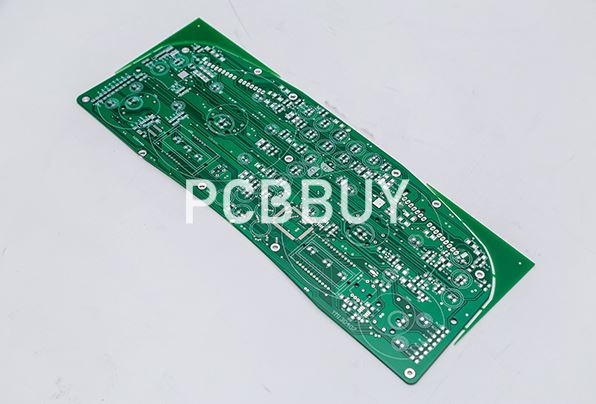
Advantages of ENIG
•, Unlike the hot air solder leveling, the electroless nickel immersion gold offers a flat surface
• It is a type of surface finish suitable for plated through holes.
• More like the hot air solder leveling, it provides good storage life
• It has no lead
• This type of surface finish is suitable for use as bottom metal for cob wiring.
• ENIG has an excellent electrical conductivity ability
• The electroless nickel immersion gold is recognized for its capability to prevent oxidation.
Disadvantages of ENIG
• One major challenge is that it is expensive
• Unlike the hot air solder leveling, the ENIG is not re-workable
• The electroless nickel immersion gold is associated with signal loss
• Unlike the HASL, ENIG has a more complicated process.
• ENIG is prone to the black pad, due to its low wielding strength
Industry Category











